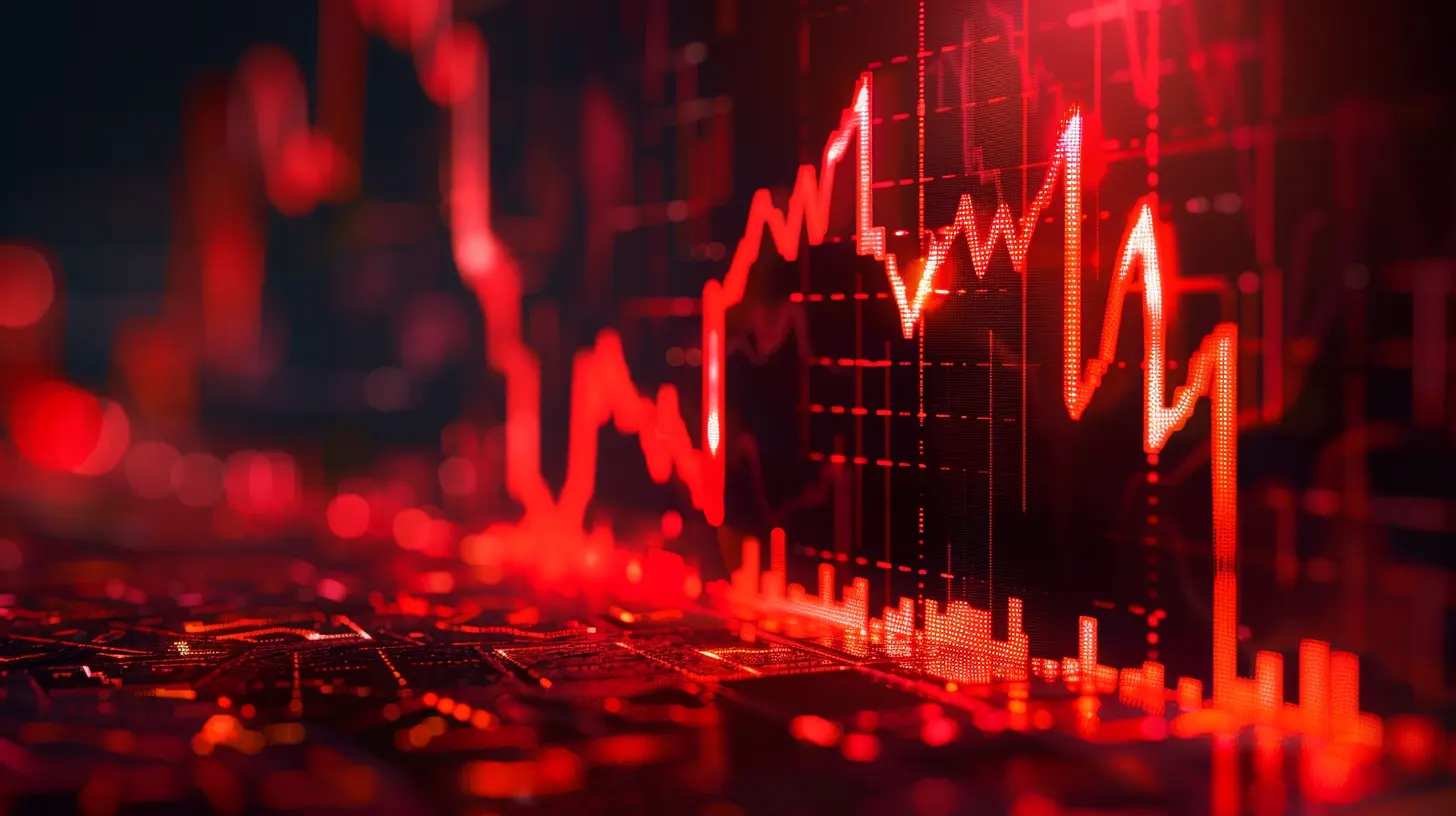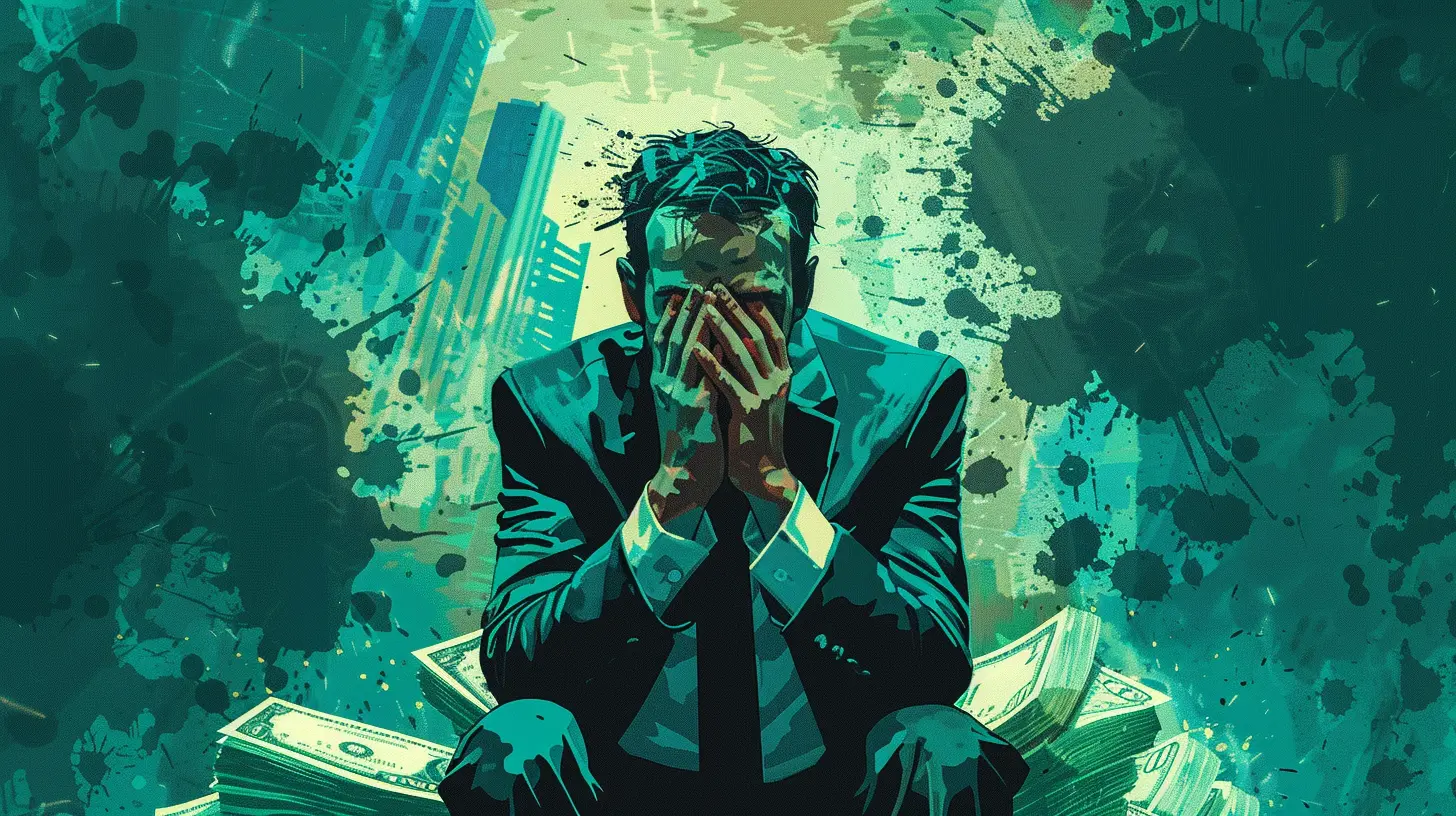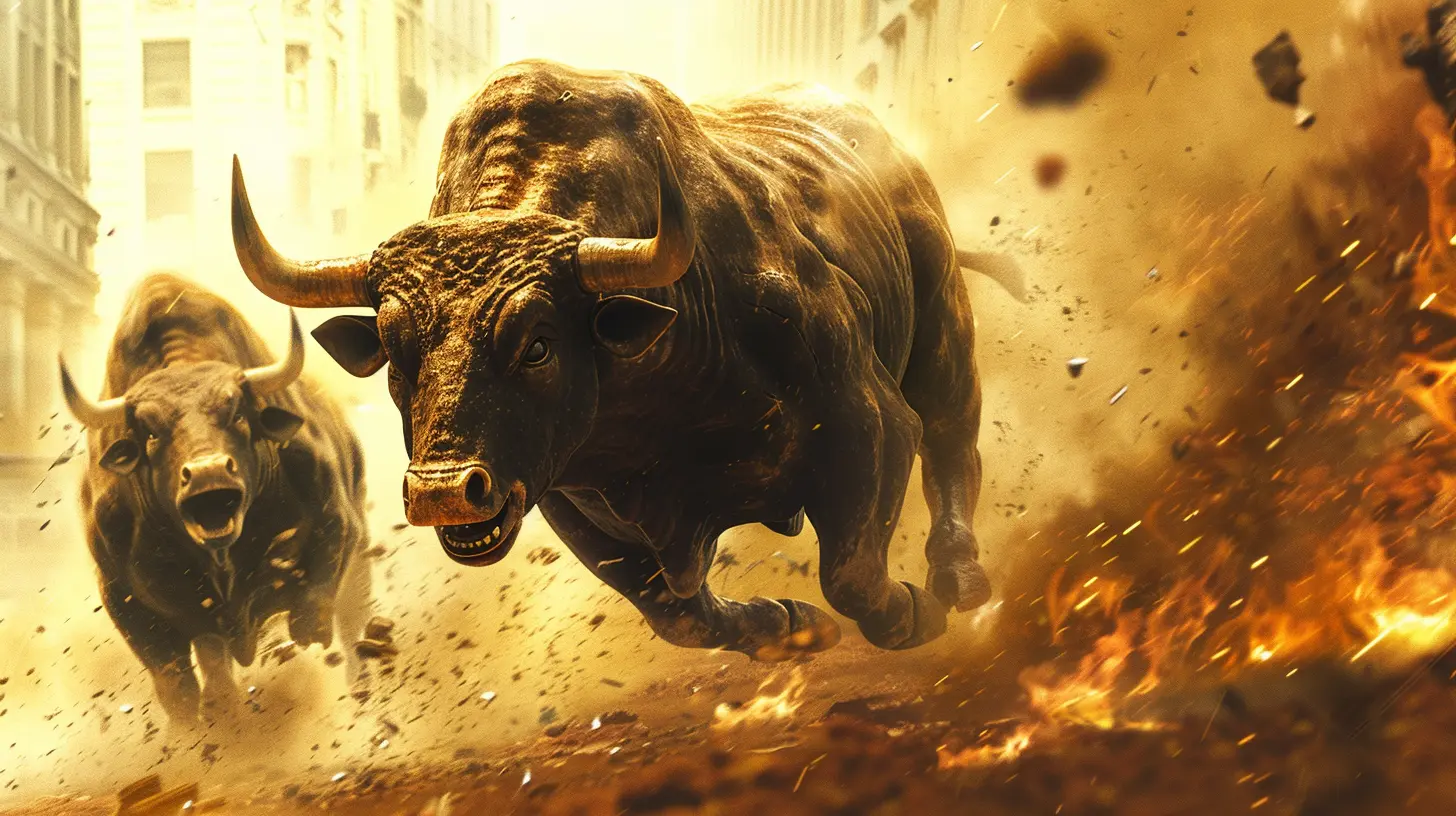Are Financial Crises Spreading Faster in the Era of Digital Trading?
7 October 2025
We live in a time when markets move at lightning speed, and so does panic. You’ve probably seen it yourself—one tweet, one headline, one unexpected economic number, and boom! The market reacts. Stocks drop, investors sell off, hashtags trend, and everyone is scrambling to make sense of it all. But is this just normal volatility, or are financial crises actually spreading faster now because of digital trading?
It’s a big question, and honestly, it’s one we need to start taking more seriously.
The Digital Waters We Swim In
Let’s hit pause and think about how we used to trade stocks—not you and me, but decades ago. Back then, traders made phone calls, shouted on trading floors, filled out physical order slips. It was slow (granted, pretty intense), but the chain of information had a natural speed bump.Now, with platforms like Robinhood, E*TRADE, and real-time apps clinging to our phones, the nature of making trades has done a full 180°. You can be half-asleep on a Monday morning and still dump your portfolio with just a few taps.
Digital trading is insanely convenient, no doubt. But with this power comes some potentially market-shaking downsides. One of them? Speed. And it's not just about human speed—algorithms have joined the party too. But are they the accelerators of modern financial chaos?
Speed Is the Game—And the Danger
Let’s face it: digital trading has made the market faster than ever. But think about what that really means. Information spreads faster. Emotions spread faster. And yes, fear spreads faster.Back in the old days (which, in tech years, could be just 2008), it took time for bad news to make its rounds. By the time people heard about a bank collapsing in another country, markets had some breathing room to figure out how to react. Now? That same news hits Reddit, Twitter (okay, X), TikTok, and Bloomberg all at once. What follows? A stampede.
It’s not just humans reacting, either. Algorithms scan headlines and keywords, then automatically trigger trades. Let that sink in: bots are reacting to bad news in milliseconds—sometimes before we even know what’s going on.
Contagion in the Click-Era
If you’re wondering why the term “contagion” gets thrown around in economic crises, you're not alone. It sounds medical because it kind of is—just think of a financial panic like a virus. All it takes is one weak link—one bank in trouble, one big investment fund collapsing—and boom. The fear spreads.Now let’s throw in digital trading.
Before, contagion was like someone sneezing in a room. Today, it's more like sneezing during a Zoom call that’s being livestreamed to the world.
Investors, big and small, all react almost simultaneously. And thanks to smartphones, trading apps, and real-time alerts, we’re all just one push notification away from panic.
A Real-Life Example: The Flash Crash
Remember the Flash Crash of 2010? One moment the Dow was fine, and the next it lost nearly 1,000 points in minutes—before recovering almost as quickly. What happened?A mix of high-frequency trading (HFT), algorithms, and human panic. One large trade triggered a domino of algorithmic reactions. It was like the stock market had a brain freeze and rebooted in real time.
What this showed us was terrifying: the digital trading ecosystem isn’t just reactive; it's hypersensitive. One wrong trade or misinterpreted signal, and suddenly we’re falling down the rabbit hole—fast.
Algorithms: The Invisible Hands with Lightning Reflexes
We need to talk about algorithms because they’re basically running the show now. While you're sipping coffee and reading this, there are thousands—heck, millions—of automated trades being made every second.What’s the problem? These bots don’t understand context. They don’t care about nuance. They see a 5% market drop and assume a major crash is coming. Then they sell. Then other bots see that and sell some more. Humans join in. Algorithms increase the pace. And yes, the crisis spreads.
In the digital age, algorithms are kind of like toddlers with smartphones—fast, unpredictable, and able to cause a lot of chaos without realizing it.
Retail Traders: More Power, More Fear
Digital platforms have opened the doors to millions of retail investors. That’s amazing… and a little scary. More people being involved in investing is a good thing for financial inclusion, don’t get me wrong.But it also means that people who may not fully understand the market can react emotionally and quickly. And let's be honest, when your entire portfolio is in your pocket and red numbers start flashing, it’s hard not to freak out.
Combine that with viral Reddit threads and influencer “hot takes,” and we’ve got a recipe for mass sell-offs, fueled by emotion more than data.
Social Media: The Catalyst We Didn’t Expect
Let’s not ignore the elephant in the room—social media. Remember GameStop? The meme stock mania of 2021 wasn’t just unusual—it was a masterclass in how fast markets can move in the digital age.A few viral posts, some bold claims, and suddenly you had millions of people buying a stock not for fundamentals, but to send a message. The result? Trading platforms were overwhelmed. Hedge funds lost billions. And the market saw volatility levels spike like crazy.
Social media has made financial markets feel like group chats on steroids. One influencer drops a hot tip, and boom—thousands of people are making trades based on hype instead of real strategy.
The Emotional Market: Panic At The Speed of Light
We like to think markets are rational. That they process data and adjust accordingly. But let’s be real—markets are emotional. They get scared. And digital trading lets that fear spread like wildfire.In the past, a panic might’ve taken days or weeks to build. Now? It can happen in an hour—or even minutes. And once it starts, it’s incredibly hard to stop.
Digital trading creates this feedback loop. People panic, so they sell. That triggers more panic, then more selling. It’s like yelling “fire” in a crowded theater, but everyone has their own exit and a button to set off the alarms.
So, Are Financial Crises Spreading Faster?
Short answer? Yep.Long answer? The combination of digital trading, real-time news, algorithmic trading, and social media has created a perfect storm. We’re more connected than ever, and while that has benefits, it also means our financial systems are more vulnerable to rapid, widespread shocks.
It’s not just about the speed of trading—it’s the speed of reacting to fear.
Can We Slow Down the Domino Effect?
It’s not all doom and gloom. There are ways to make the system healthier. For one, regulators are already discussing more robust circuit breakers—essentially “pause” buttons for trading when things get too crazy.Financial education is another big one. The more people understand how markets work, the less likely they are to panic when things get rough.
And maybe, just maybe, we need to rethink how much we rely on high-frequency trading and algorithms. They're fast, but speed isn’t always a good thing—especially in an ecosystem where emotions and misinformation can go viral in seconds.
Final Thoughts: The Double-Edged Sword
Digital trading isn’t evil. Far from it. It’s increased access, broken down barriers, and empowered a new generation of investors. But like any powerful tool, it comes with risks.We’re living in an age where a single tweet, one misinterpreted chart, or a rogue algorithm can kick off a global financial scare. It's like trying to walk a tightrope during an earthquake.
The answer isn’t to fear digital trading—it’s to respect it. Understand its speed, its power, and its ability to amplify both opportunity and risk. If we can find a balance between accessibility and responsibility, then maybe we can slow the spread of future financial crises—or at least brace for them a little better.
all images in this post were generated using AI tools
Category:
Financial CrisisAuthor:

Uther Graham
Discussion
rate this article
1 comments
Madison Reynolds
Absolutely, the speed of digital trading amplifies risk propagation, creating a domino effect that can escalate financial crises more rapidly. As technology evolves, so too must our strategies for risk management and regulation to mitigate these accelerating threats.
October 16, 2025 at 3:32 AM

Uther Graham
Thank you for your insightful comment! I completely agree that the rapid pace of digital trading necessitates an evolution in our risk management strategies to keep pace with these emerging threats.


